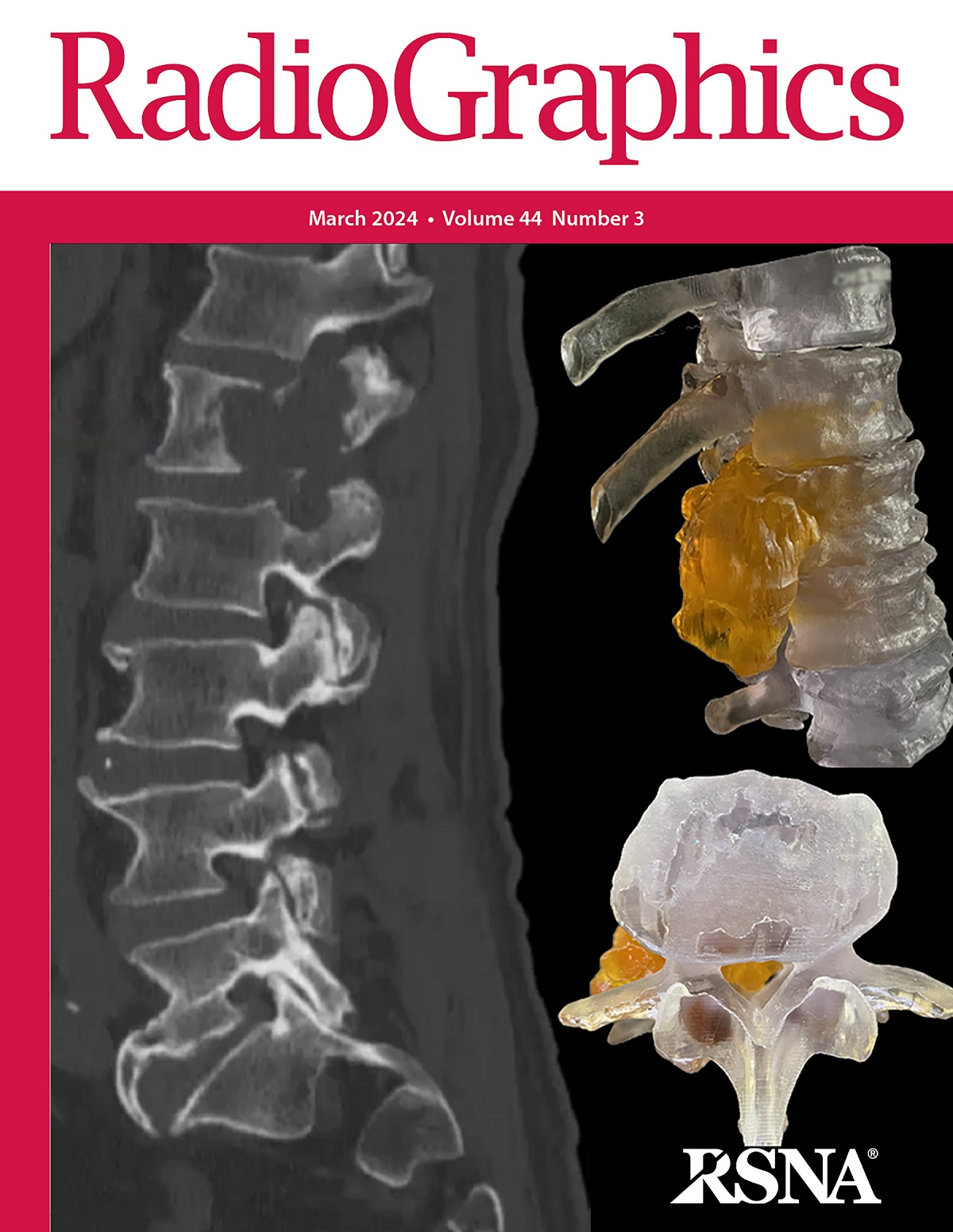求助PDF
{"title":"鼻窦肿瘤:多学科癌症护理委员会想知道什么?","authors":"Gregory D Avey,Ian J Koszewski,Mohit Agarwal,Levi A Endelman,Marin A McDonald,Adam R Burr,Justine Yang Bruce,Lauren Penn,Tabassum A Kennedy","doi":"10.1148/rg.240035","DOIUrl":null,"url":null,"abstract":"Sinonasal neoplasms are a remarkably heterogeneous group, reflecting the numerous tissue types present in the nasal cavity and paranasal sinuses. These entities can be relatively benign (ie, respiratory epithelial adenomatoid hamartoma) or can be exceedingly aggressive (ie, NUT carcinoma). Certain sinonasal tumors have a propensity to spread through local invasion and destruction, while others have a high likelihood of perineural spread. The genetic and molecular mechanisms underlying sinonasal tumor behavior have recently become better understood, and new tumor types have been described using these genetic and molecular data. This has prompted an expansion in the number of tumors included in the World Health Organization fifth edition classification system for head and neck tumors, along with a new classification structure. Radiologists' familiarity with this classification structure is crucial to understanding the expected behavior of these tumors and to collaboration with the multidisciplinary cancer care board in making decisions for optimal patient care. ©RSNA, 2024.","PeriodicalId":54512,"journal":{"name":"Radiographics","volume":"75 1","pages":"e240035"},"PeriodicalIF":5.2000,"publicationDate":"2024-10-01","publicationTypes":"Journal Article","fieldsOfStudy":null,"isOpenAccess":false,"openAccessPdf":"","citationCount":"0","resultStr":"{\"title\":\"Sinonasal Tumors: What the Multidisciplinary Cancer Care Board Wants to Know.\",\"authors\":\"Gregory D Avey,Ian J Koszewski,Mohit Agarwal,Levi A Endelman,Marin A McDonald,Adam R Burr,Justine Yang Bruce,Lauren Penn,Tabassum A Kennedy\",\"doi\":\"10.1148/rg.240035\",\"DOIUrl\":null,\"url\":null,\"abstract\":\"Sinonasal neoplasms are a remarkably heterogeneous group, reflecting the numerous tissue types present in the nasal cavity and paranasal sinuses. These entities can be relatively benign (ie, respiratory epithelial adenomatoid hamartoma) or can be exceedingly aggressive (ie, NUT carcinoma). Certain sinonasal tumors have a propensity to spread through local invasion and destruction, while others have a high likelihood of perineural spread. The genetic and molecular mechanisms underlying sinonasal tumor behavior have recently become better understood, and new tumor types have been described using these genetic and molecular data. This has prompted an expansion in the number of tumors included in the World Health Organization fifth edition classification system for head and neck tumors, along with a new classification structure. Radiologists' familiarity with this classification structure is crucial to understanding the expected behavior of these tumors and to collaboration with the multidisciplinary cancer care board in making decisions for optimal patient care. ©RSNA, 2024.\",\"PeriodicalId\":54512,\"journal\":{\"name\":\"Radiographics\",\"volume\":\"75 1\",\"pages\":\"e240035\"},\"PeriodicalIF\":5.2000,\"publicationDate\":\"2024-10-01\",\"publicationTypes\":\"Journal Article\",\"fieldsOfStudy\":null,\"isOpenAccess\":false,\"openAccessPdf\":\"\",\"citationCount\":\"0\",\"resultStr\":null,\"platform\":\"Semanticscholar\",\"paperid\":null,\"PeriodicalName\":\"Radiographics\",\"FirstCategoryId\":\"3\",\"ListUrlMain\":\"https://doi.org/10.1148/rg.240035\",\"RegionNum\":1,\"RegionCategory\":\"医学\",\"ArticlePicture\":[],\"TitleCN\":null,\"AbstractTextCN\":null,\"PMCID\":null,\"EPubDate\":\"\",\"PubModel\":\"\",\"JCR\":\"Q1\",\"JCRName\":\"RADIOLOGY, NUCLEAR MEDICINE & MEDICAL IMAGING\",\"Score\":null,\"Total\":0}","platform":"Semanticscholar","paperid":null,"PeriodicalName":"Radiographics","FirstCategoryId":"3","ListUrlMain":"https://doi.org/10.1148/rg.240035","RegionNum":1,"RegionCategory":"医学","ArticlePicture":[],"TitleCN":null,"AbstractTextCN":null,"PMCID":null,"EPubDate":"","PubModel":"","JCR":"Q1","JCRName":"RADIOLOGY, NUCLEAR MEDICINE & MEDICAL IMAGING","Score":null,"Total":0}
引用次数: 0
引用
批量引用


